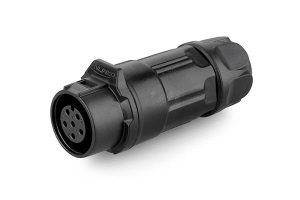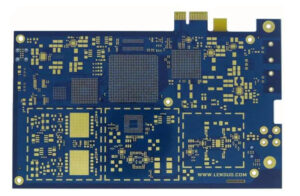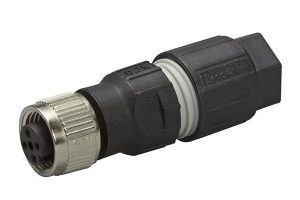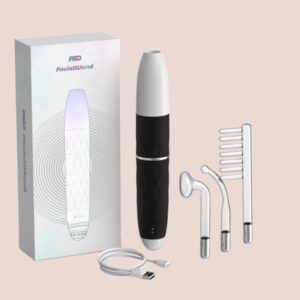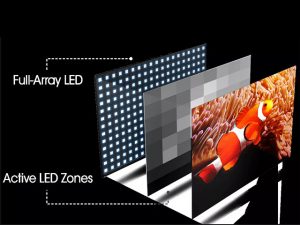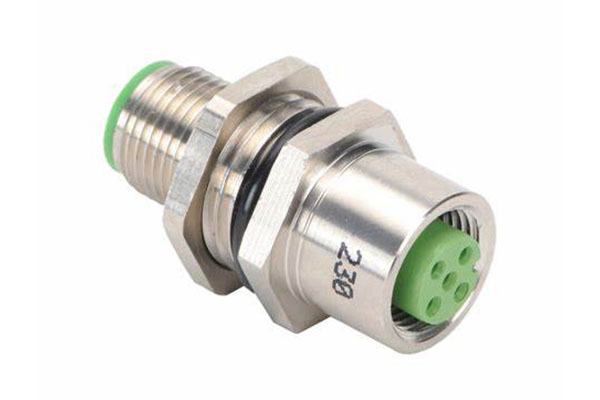
Fasteners are an essential component of countless mechanical systems, ranging from construction and automotive industries to household appliances and electronics. Understanding the compatibility between different fastener sizes is crucial for ensuring proper assembly and functionality. In this blog post, we will delve into the question of whether M18 fits in M12.
Understanding M18 and M12:
To grasp the compatibility aspect, let’s start by understanding what M18 and M12 represent. M18 and M12 refer to standard sizing systems for fasteners, particularly bolts, screws, and nuts. These designations specify the thread diameter and pitch of the fasteners. The M stands for metric, indicating that these sizes follow the metric measurement system.
M18 and M12 fasteners are commonly used in various industries due to their strength, versatility, and widespread availability. M18 typically finds applications in heavy machinery, construction projects, and structural components, while M12 is commonly used in smaller-scale projects, M12 C connections, and consumer appliances. It’s important to match the right size for a specific application to ensure optimal performance and safety.
Comparison of M18 and M12:
To determine the compatibility between M18 and M12, let’s examine their dimensions and specifications. The M18 fastener has a thread diameter of 18 millimeters, whereas the M12 fastener has a thread diameter of 12 millimeters. This fundamental difference in diameter is a key factor to consider when assessing compatibility. Additionally, each size has its own specific pitch, which refers to the distance between each thread. The pitch for M18 is typically 2.5 millimeters, while M12 has a pitch of 1.75 millimeters.
The difference in dimensions between M18 and M12 makes them distinct in their applications. M18 is often chosen for heavy-duty tasks that require robust fastening, whereas M12 is more suitable for smaller, lightweight applications. This dissimilarity in dimensions contributes to the challenges that may arise when attempting to fit M18 into an M12 or vice versa.
Compatibility between M18 and M12:
Determining compatibility between M18 and M12 involves considering various factors such as thread diameter, pitch, and tolerance levels. Given that M18 has a larger diameter than M12, it is not physically possible to fit an M18 fastener into an M12 hole or vice versa. The mismatch in sizes prevents proper engagement and secure fastening.
Attempting to force an M18 into an M12 could lead to damaging the fastener or the mating part, compromising the overall integrity of the assembly. It is important to adhere to the recommended sizes and dimensions specified by manufacturers and engineering standards to ensure reliable and safe connections.
FAQs:
Q1: Can I use an M18 nut with an M12 bolt?
A1: No, M18 and M12 fasteners have different thread diameters, making them incompatible. It is crucial to match the correct nut and bolt sizes to ensure a secure and proper fit.
Q2: Can I use an adapter to fit an M18 fastener into an M12 hole?
A2: Yes, adapters or reducers can be used to bridge the size gap between M18 and M12 . However, it is important to evaluate the application requirements and consider potential stress points introduced by using adapters.
Q3: Are there any alternative thread forms or designs that can accommodate both M18 and M12 sizes?
A3: Yes, certain thread forms like unified threads or ACME threads offer flexibility in terms of size compatibility. Exploring these alternative thread designs can provide a solution when connecting M12 and M18 components.
Q4: What are the potential risks of forcing an M18 fastener into an M12 hole or vice versa?
A4: Forcing a mismatched fit can lead to damage to the fastener, mating parts, or the overall assembly. This compromises the integrity and safety of the connection, and it is not recommended.
Q5: Can I use alternative fastening methods instead of M18 or M12 fasteners?
A5: Depending on the specific application requirements, alternative fastening methods like welding, riveting, or specialized fastening systems may be viable options. However, it is essential to consult with engineering professionals or refer to industry standards to determine the most appropriate method.
Q6: Are there any industry standards or guidelines regarding M18 and M12 compatibility?
A6: Yes, various international standards organizations provide guidelines and specifications for fasteners, including those related to M18 and M12 sizes. It is advisable to refer to these standards, such as ISO (International Organization for Standardization), for accurate information on compatibility.
Q7: Can I use an M18 washer with an M12 bolt?
A7: While it is technically possible to use an M18 washer with an M12 bolt, it is not recommended. Mismatched washers can result in uneven load distribution and compromised fastening integrity. It is best to use washers that match the diameter of the bolt.
Q8: What are the potential consequences of using mismatched fasteners?
A8: Using mismatched fasteners can compromise the structural integrity and strength of the connection. It can result in loose or weak fastening, leading to potential failures, safety hazards, and damage to the assembled components.
